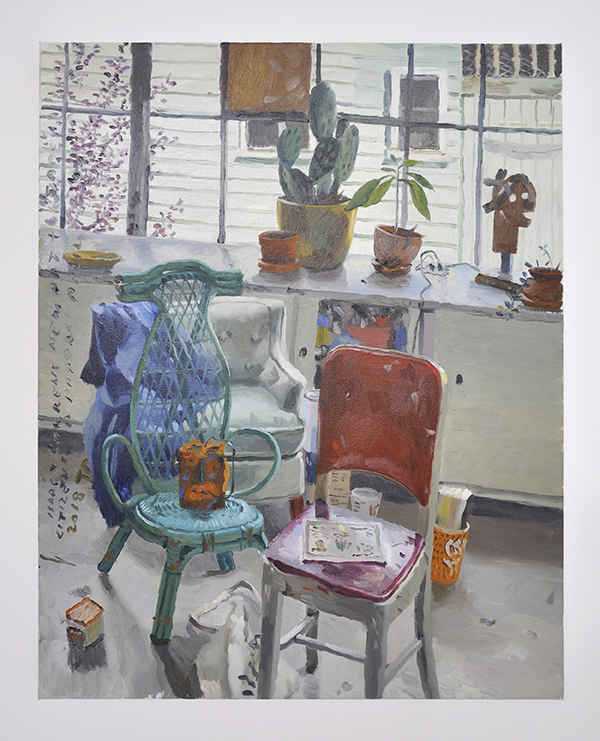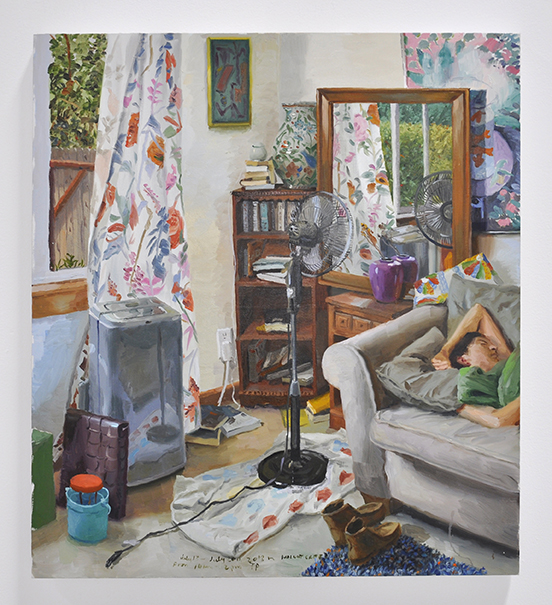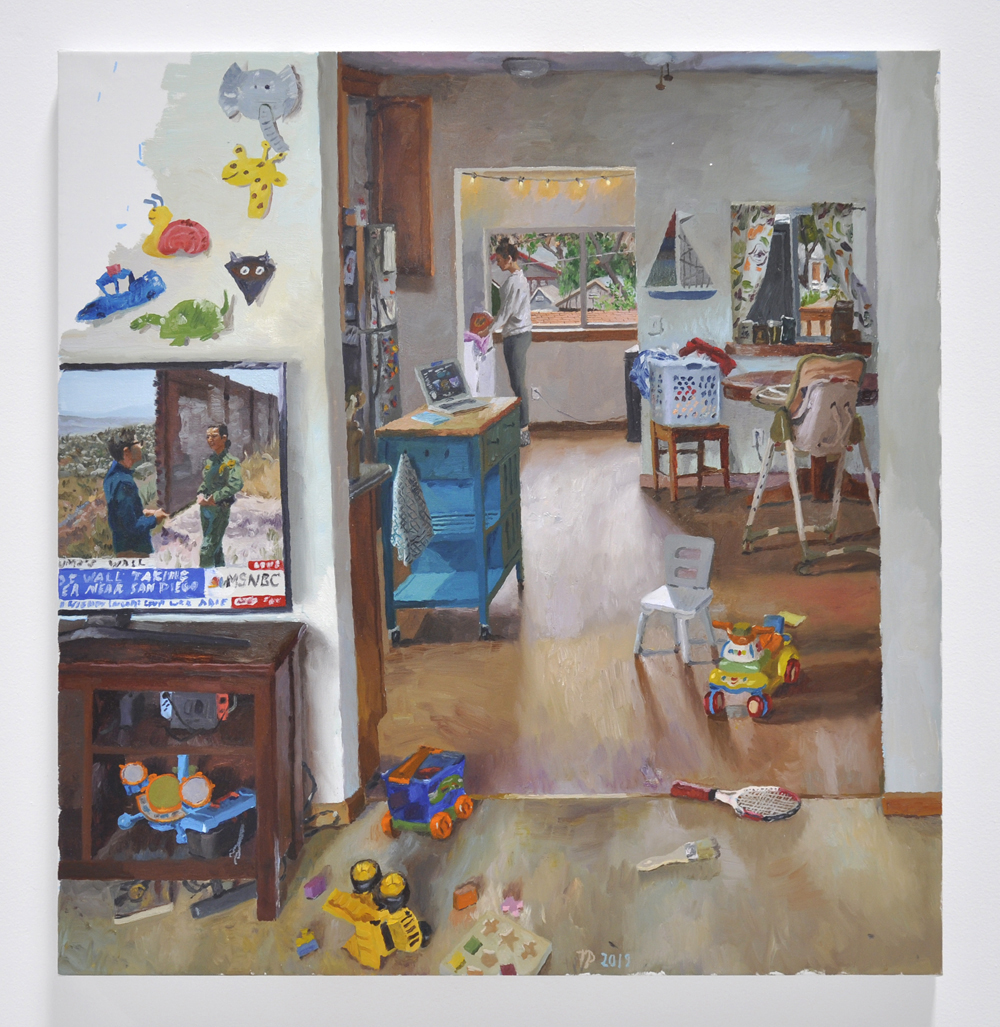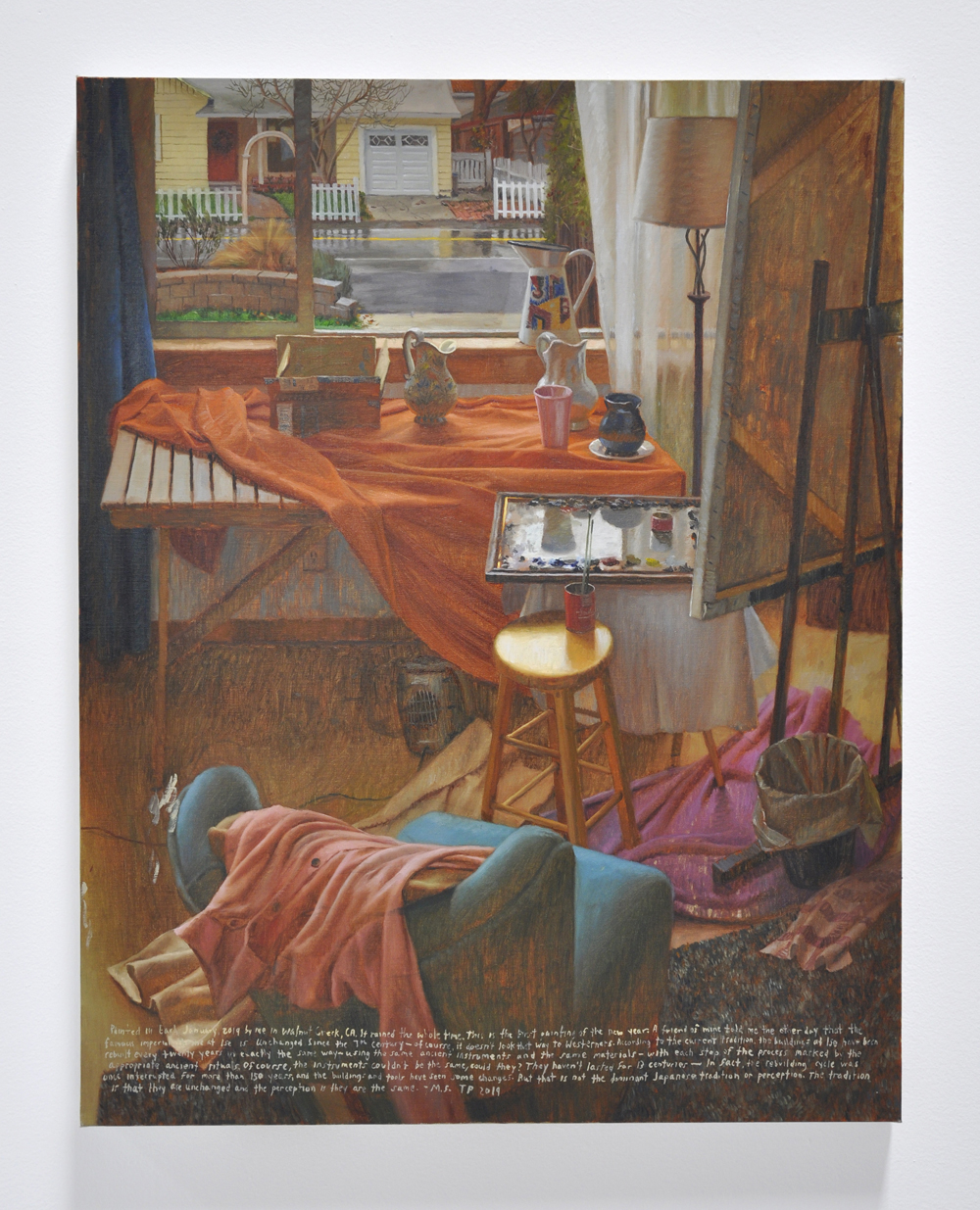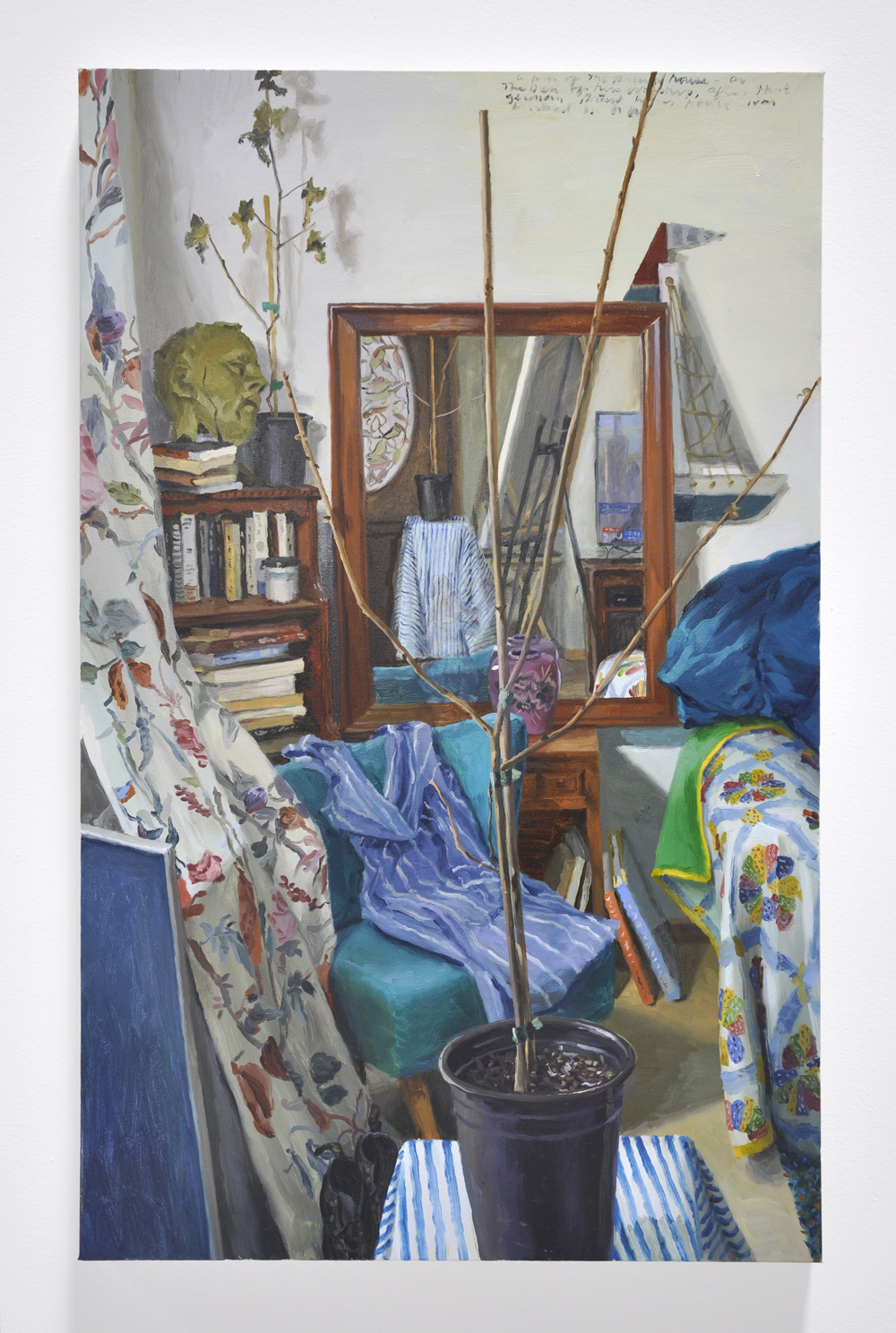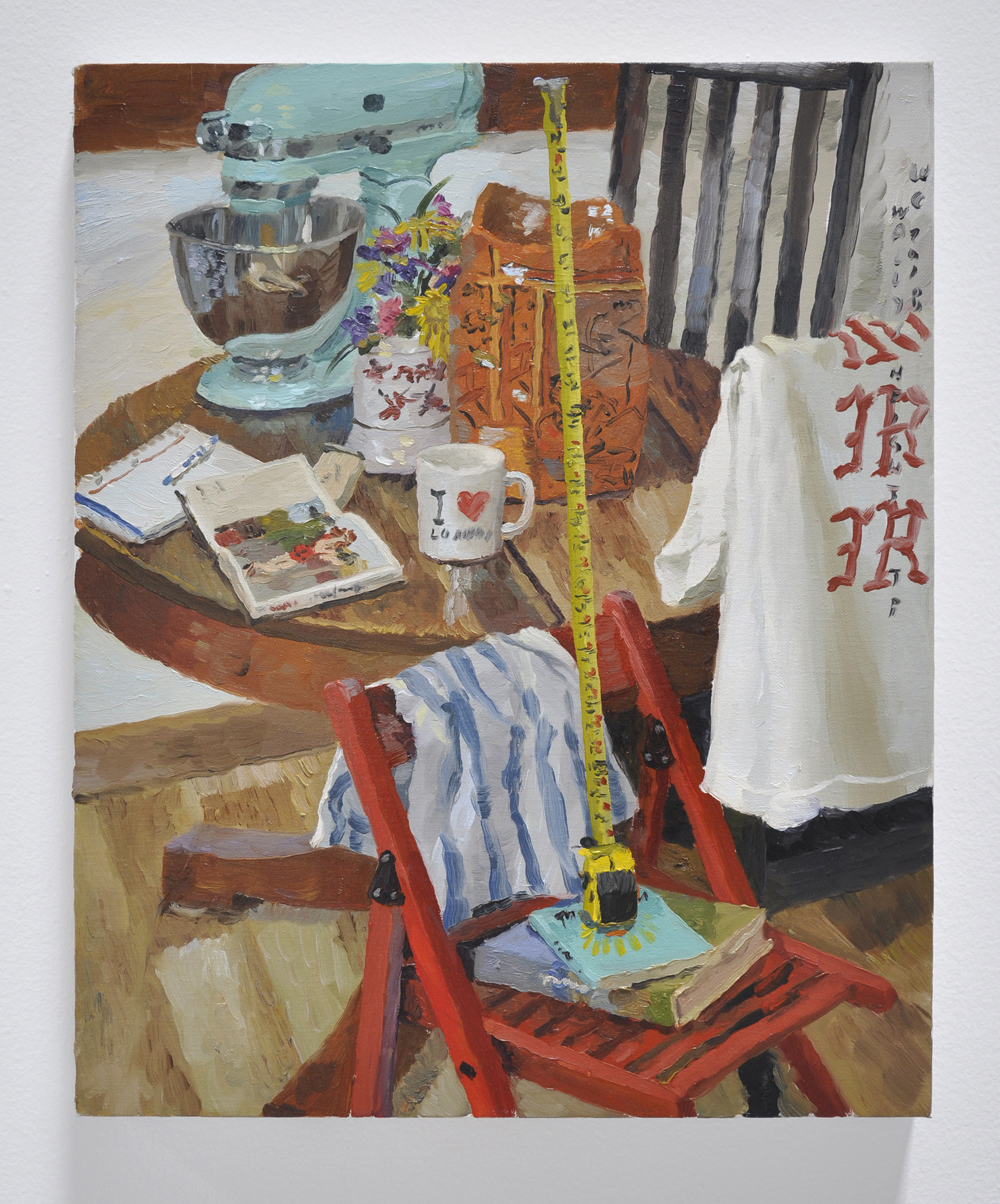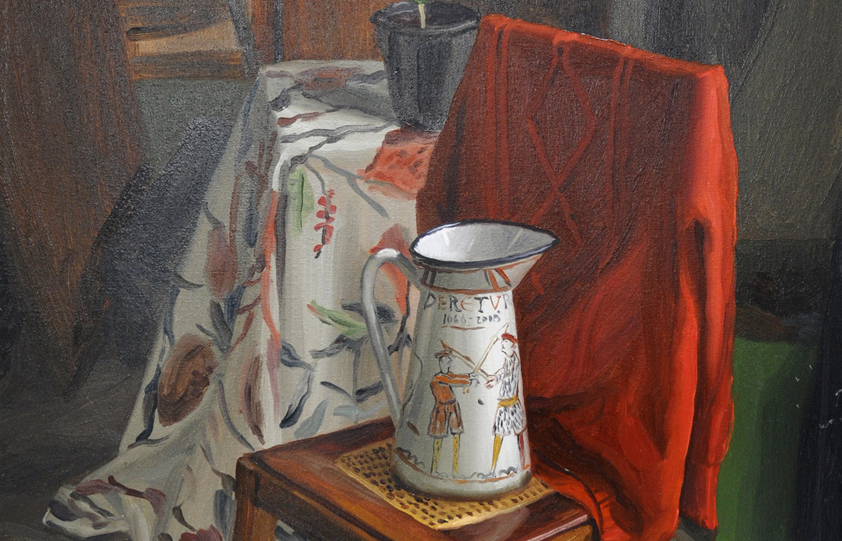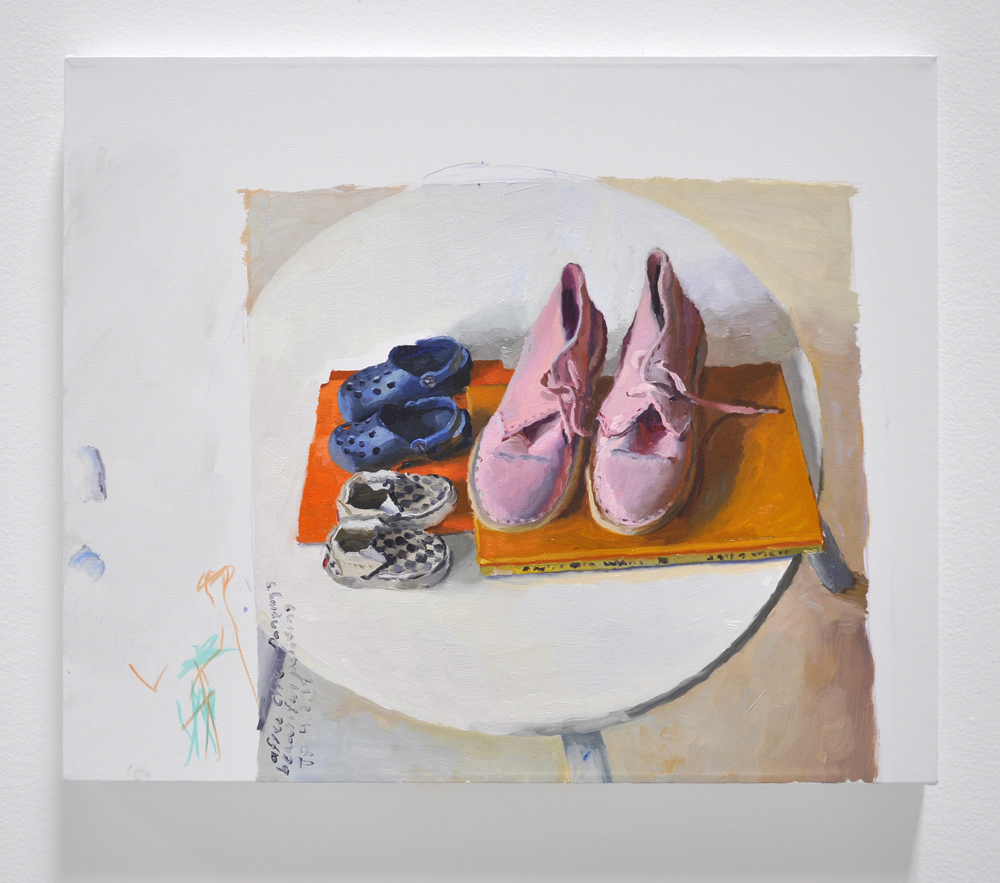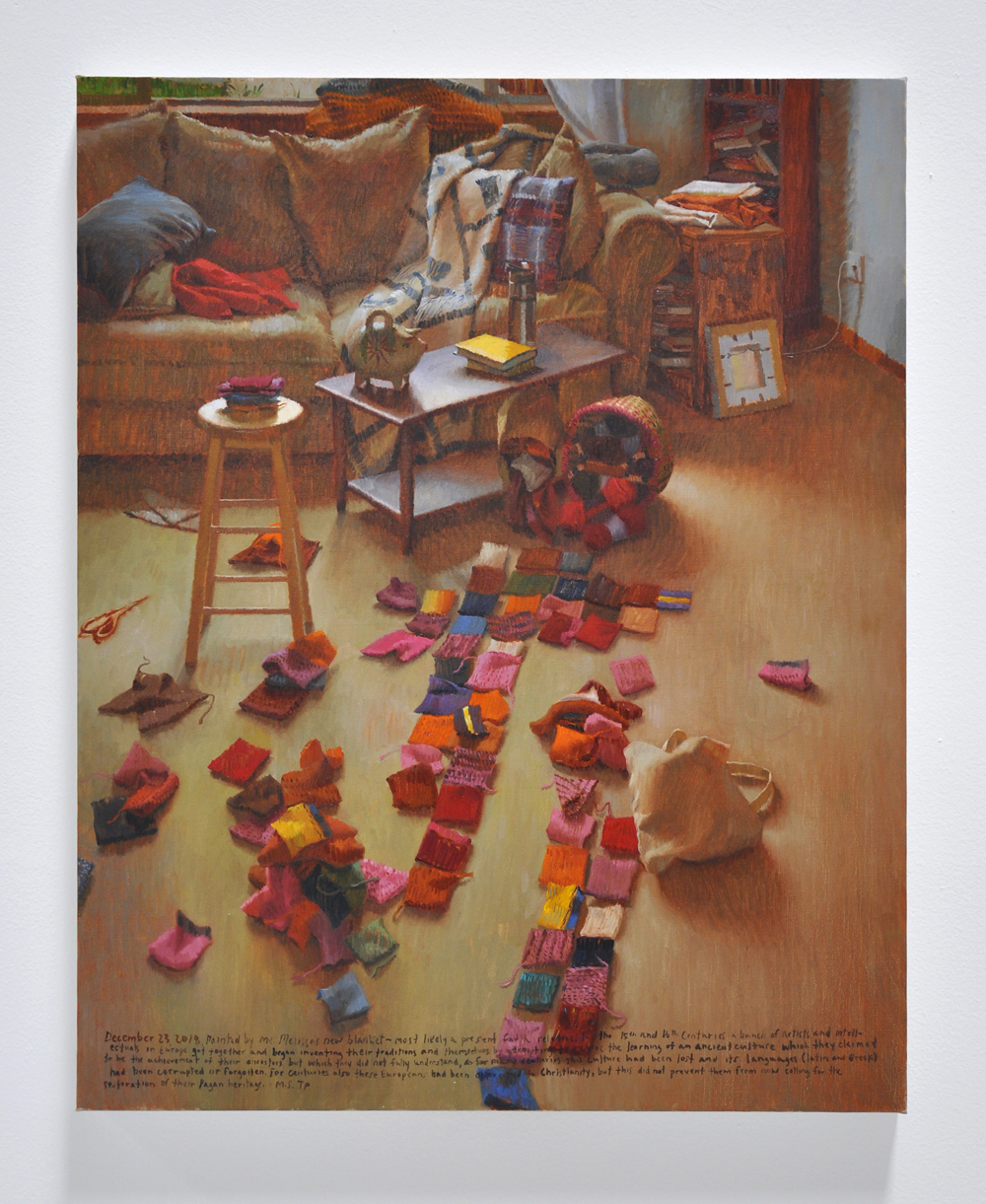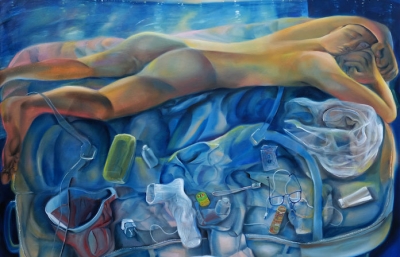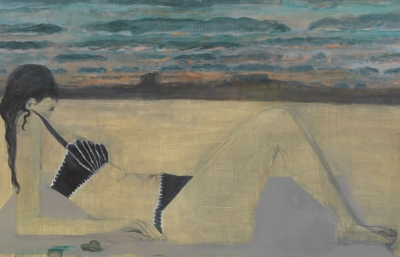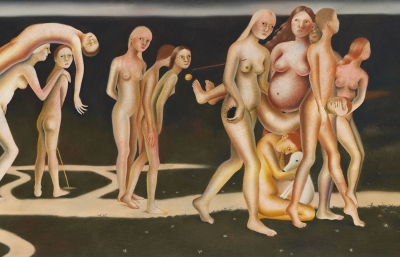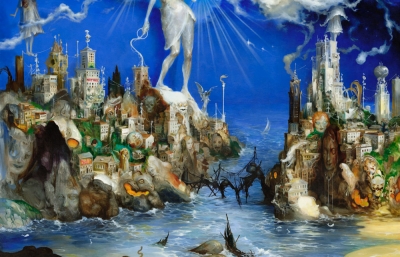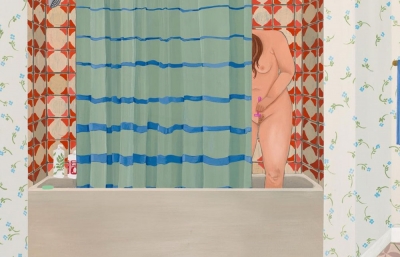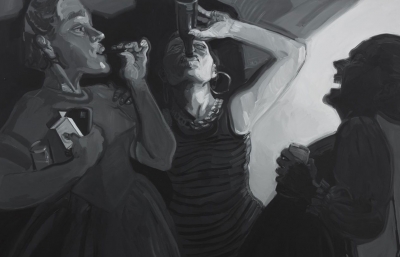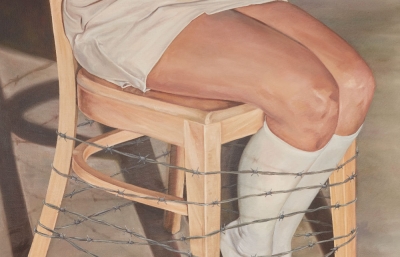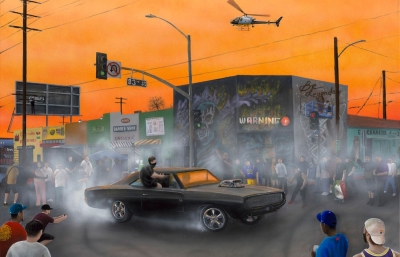This past weekend, Bay Area-based artist Terry Powers opened his second solo show at Guerrero Gallery in San Francisco. Within the book Do What You Love and Other Lies by Miya Tokumitsu, the author defines the concept of 'hope labor' as a form of work that is performed under the guise of personal growth and career advancement, yet is compensated for a mere fraction of its worth. Tokumitsu realizes that the power of hope is such a powerful motivator that it ensnares individuals within workplaces and systems that prey upon the sacrifice and the naive belief that if one sticks it out for long enough, they will eventually reap the rewards. From the proliferation of adjunct professors to the all too prevalent unpaid intern–we see just how deeply interwoven the idea of hope labor is within our workplaces and culture at large. Yet, in some sense, hasn't the idea of hope labor always been a part of an artist's life and practice? As artists, are we not always working to get better, to distill and to get at something more honest and idiosyncratic–all in the hopes of connecting with others?

Powers' latest body of work picks up from where the artist left off in his last exhibition, 1564 Waller, in which the artist used his unique form of documentary painting to explore the day-to-day existence of his wife and newborn son as they spent the last months in their Cole Valley apartment before relocating to the East Bay. Through Hope Labor, we see the artist and his family literally stretching out in their new space, with Terry's voracious appetite to capture the spaces and scenes around him providing an intimate portrait of the family's new life. For Powers, observational painting serves as a way of removing oneself from settling on a style and set of aesthetics, instead choosing to pay attention to one's surroundings within the moment, providing a sense of discovery within the familiar and a momentary respite from endless worries.

Through these paintings, we sense the power vested in our concept of home, that sense of comfort, of security and of insulation from the stress and strife of the outside world. Yet, at times, we see breaks within this serenity. Screens protruding into the painting's composition and carrying transmissions from the hellscape that is our daily news cycle. Views of Trump's wall that intrude within an otherwise calm picture of the family's home that has their son, Wally's toys strewn about the floor. In another, a young student of Terry's is leaning against a table on which a television screen shows an aerial view of the scene after the shooting at Florida's Marjory Stoneman Douglas High School.

Much like the passages of connecting text, which are painted directly over the surface of the artist's paintings and relate to everything from philosophy to the artist's day-to-day conversations, the screens within Powers' paintings create an abrupt break to the peace and quiet that predominates the domestic settings. Through this tension, Powers deftly grounds his beautifully tranquil paintings within our chaotic contemporary times–individual stories set against the broader social spectrum, one sphere bleeding into another.
Hope Labor is on view at Guerrero Gallery in San Francisco through June 8th, 2019.
Text and images courtesy of Guerrero Gallery.



